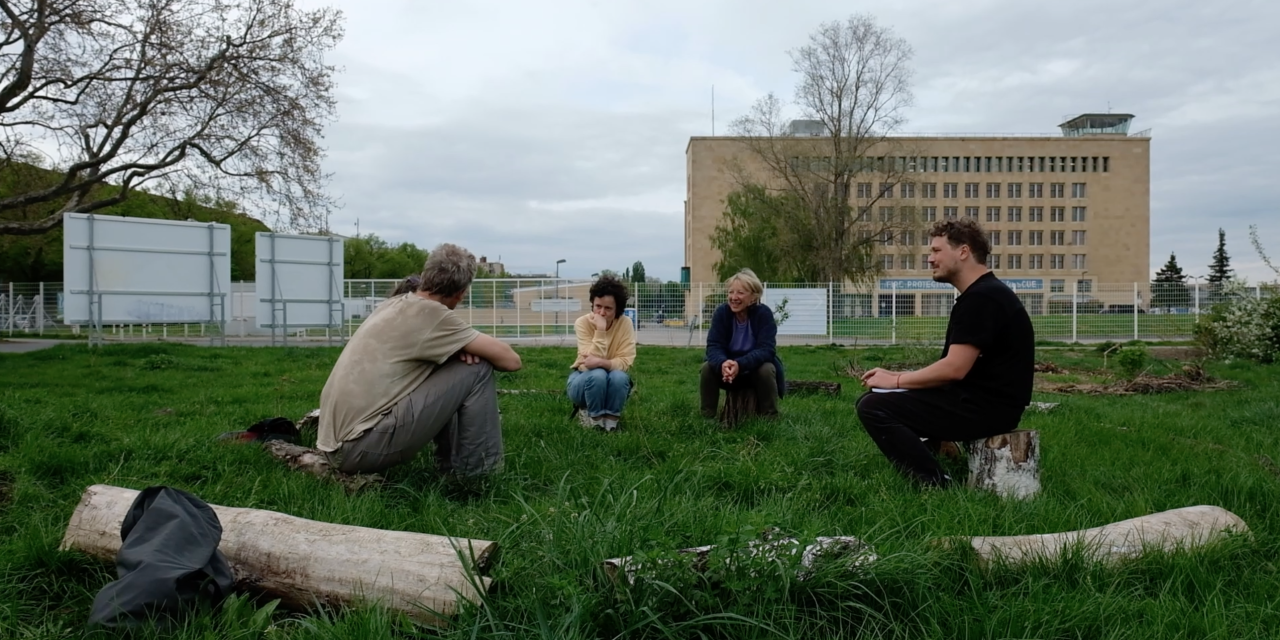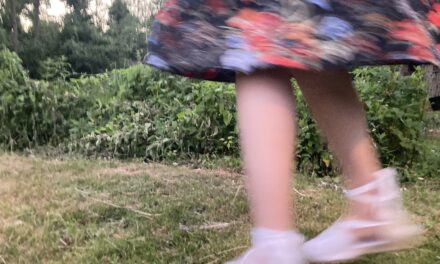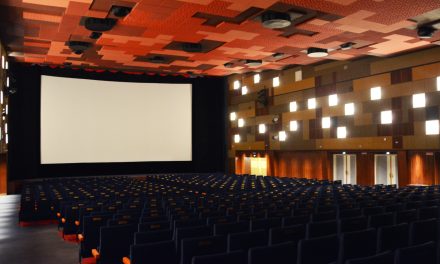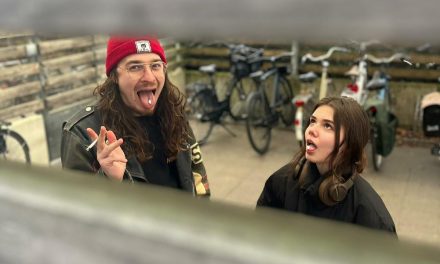German bureaucracy makes it obscenely hard to start a neighbourhood project that intends to provide the city of Berlin with more trees and accommodating biodiversity. According to food forest Bastiaan Roodhijn, food forests as weel as forests have great benefits for our society and the people in it. Starting a food forest on Tempelhofer Feld proves to be a challenge that took four years from idea to first dig in the ground.
By Lissy Röntzsch and Sofie Jensen Märcher
Walking softly through the green, wild growing grass in the Feld Food Forest. The rustling of the leaves in the wind. The smell of the blossoms and flowers in the trees. The feeling of the sun warming your face. The budding of spring in the budding Food Forest, is in sharp contrast to the busy main road and roaring traffic just on the other side of the fence. The traffic however does not seem to be bothering Max Schützeberg when he enthusiastically shows forth his big project near the airplane landing stripe in Tempelhofer Feld in south Berlin.
How a forest works
To understand the structure of a food forest, and how it indeed works, it is necessary to understand the structure and functionalities of a normal forest. A forest is structured in layers. On the ground you find perennials, low growing plants, that can thrive in the shadows of the trees. Then there are different bushes. Next are the trees, smaller and then bigger. And lastly, we have the climbers, plants that climb up the trees. All these different plants have different jobs in the maintenance of the forest. They protect one another either under- or above ground. As Bastiaan Roodhijn, biology and forestry graduate with a specialization in agroforestry and food forestry, tells us in the video, this is the same system you want when you build a food forest. He goes on to talk more about the benefits of forests in general:
“A forest ecosystem has all kinds of ecosystem functions, that have huge benefits for society. Especially in an urban environment with few plants around. These benefits include, air purification, water purification and therapeutic effects of having more greenery in your immediate environment. Forests also bring more biodiversity to the cities and so on.”
Food forestry on Tempelhofer Feld
With a bureaucracy as airtight as in Germany, it is not easy to start such a big project as a food forest is. Especially the begging of such a grant idea and plan can be challenging:
“We started by asking ourselves in the organisation: what are the necessary conditions to create our vision? And the vision was so big that everyone could stand behind it and fit into it with their niche.”
Is what Schützeberg says about what it takes to create a food forest in a public space.




